What Causes Hair Loss?
Hair loss from the scalp, also known as alopecia, can affect both men and women due to various reasons. Heredity and the aging process are common causes of hair loss. However, reversible hair loss is often related to severe stress, dietary changes, or hormonal changes. This can sometimes be seen in women after giving birth.
Underlying medical conditions can also be responsible for hair loss. This includes thyroid disease, iron deficiency anemia, lupus, diabetes, and fungal infections. Hair loss may be a side effect of medications such as blood thinners, antidepressants, birth control pills, and drugs for the treatment of gout, high blood pressure, and heart problems. Additionally, medical treatments for cancer like chemotherapy and radiation therapy often lead to hair loss.
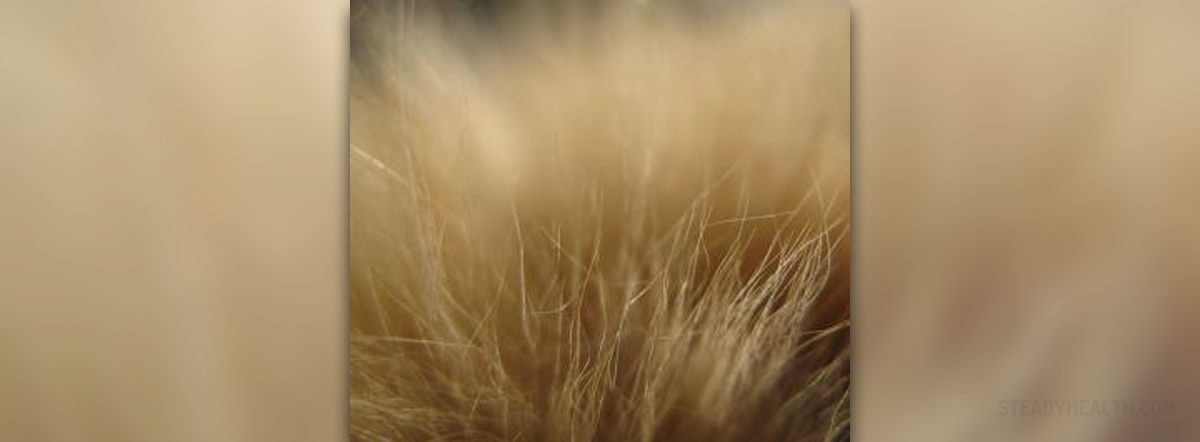
Blood Circulation
Poor blood flow to the scalp can hamper hair growth. This cause of hair loss is not discussed as much as other causes but blood supply to the scalp is definitely an important factor for hair growth. Proper blood flow to the hair root is vital as it provides it with the required nutrients, oxygen, and lymph. Otherwise, the root of the hair shrinks and dies.
Tension and stress are conditions that can lead to reduced blood flow to the scalp. Too much stress causes the tightening of the muscles and reduces blood circulation in the scalp, hands, and feet. Also, male hormones, androgens, are produced under stress leading to tightening and thinning of the scalp which contributes to hair loss.
Poor blood circulation can also be a result of the hardened crystals made from sebum and hair perspiration. These hardened crystals clog up the hair follicles resulting in the hardening of the nearby tissue and reduced blood supply to the hair follicle. To prevent the accumulation of these crystals, apple cider vinegar can be used as a final rinse after shampooing. Also, jojoba oil can be used as a hair gel to limit the formation of crystals.
Furthermore, blood circulation in the scalp can be affected by arthritis and tightening of the neck muscles. This can be reversed with daily neck massage for 5-10 minutes.
- As the hair follicle develops, blood vessels originating from the deep dermal vascular plexus surround it. These vessels nourish the hair follicle and support nutrient delivery, waste elimination, and growth. Loss of blood supply to the hair follicles is associated with some forms of hair loss.
- Additionally, anagen hair follicles have demonstrated angiogenic properties. While the relationship has not been well defined, the blood supply is an essential component of successful hair follicle growth, maturation, and maintenance.
- The lymphatic vasculature within the dermis supplies the hair follicles as well and participates in the skin immune response.
- Androgenetic alopecia is the most common presenting hair concern and affects 50 million men and 30 million women in the United States alone. It is colloquially referred to as male pattern baldness. Studies estimate that 70% of men and 40% of women are affected by androgenetic alopecia. Men will classically present with receding temporal hairlines, described as hair thinning and loss in an “M” shape.
- Telogen effluvium describes a disruption in the normal hair growth and rest cycles that results in excessive shedding and hair loss. This disorder is diagnosed by the hair pull test, which is positive when pulled hair easily is removed from the scalp, and 50% or more of the strands are in the telogen, or inactive, phase. This condition can be precipitated by physical stress, such as surgery or malnutrition, or by medical exposure, such as chemotherapy and common medications.
Blood flow to the head can be improved by regular exercise or movement activity. This can be done by moving the head below the heart while lying on the bed with the head hanging over. However, this is not recommended for people with high blood pressure or circulation issues.
Scalp massage should be done at least two times a day. The scalp should be moved back and forth in a circular motion with the fingertips. Rubbing and scratching of the scalp should be avoided.



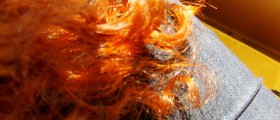
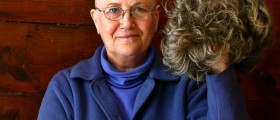

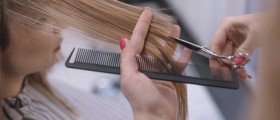



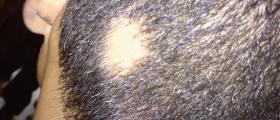
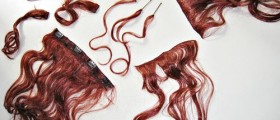





Your thoughts on this
Loading...